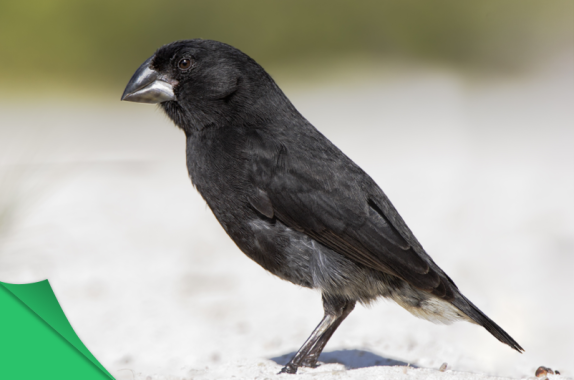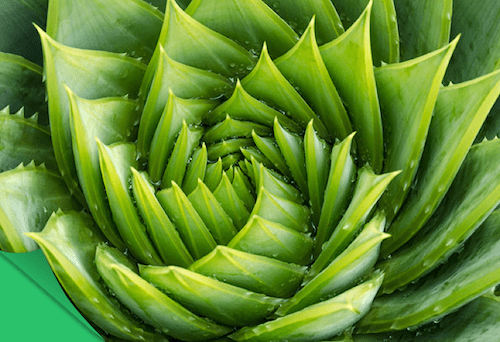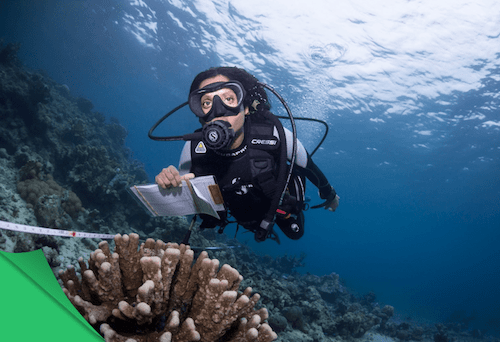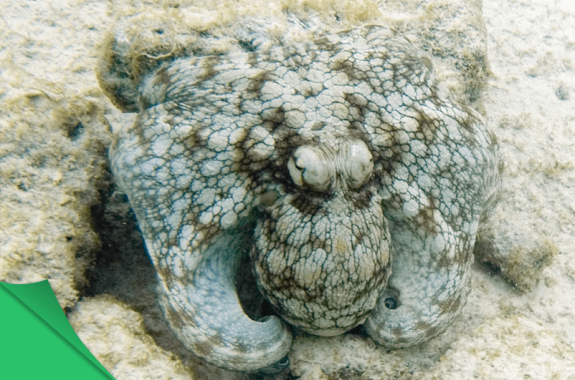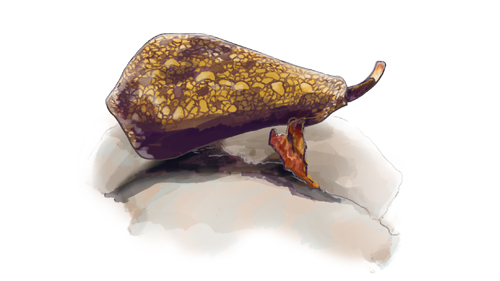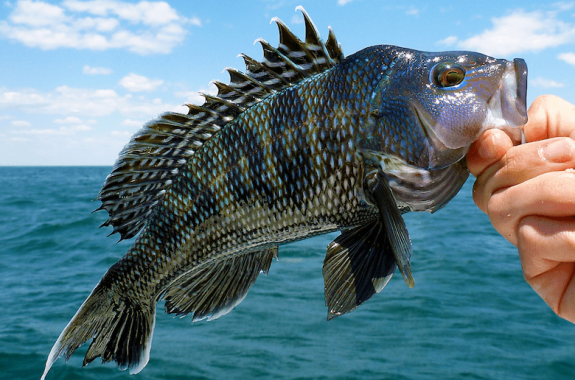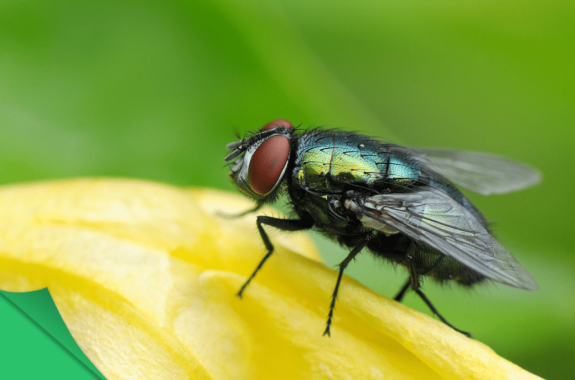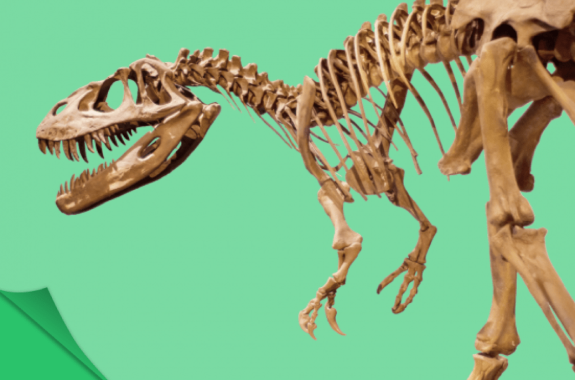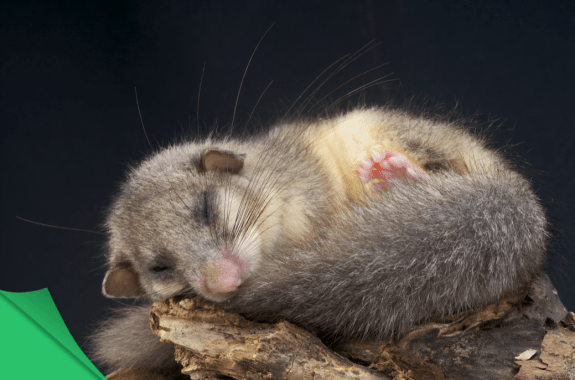A New Beak Evolution Lab!
This evolution simulation goes further by modeling reproductive success while giving young engineers an opportunity to flex their skills.
Fibonacci Sequence—A Handy Mathematical Approach For Looking At Evolution!
Get a grip on this great way of exploring the Fibonacci sequence using X-rays from organizations across the country!
Survey Ecosystem Health On A Virtual Coral Reef
Coral reefs are an incredibly important part of Earth’s underwater world. How can you help one of earth’s most endangered ecosystems?
Cephalopod Camouflage: A Beauty That’s Skin Deep
It’s a rock, it’s seaweed, it’s an…octopus? Using this hands on activity, learn how crafty cephalopods are well adapted to hide in an ocean full of predators.
How Do ‘Killer Snails’ Kill Their Victims?
Model the hunting adaptations and a rich peptide venom cocktail of predatory cone snails in this exploration of the organism’s structure and function.
Interpret The Impacts Of Rising Ocean Temperatures On Ecosystems
Where do fish go when the water gets warm? It depends on the species.
How Do Infections Spread In Plants?
Students model the interaction of biotic and abiotic factors in a plant disease system, then use their data to inform recommendations to farmers to limit disease transmission.
Smell That? It’s Forensic Entomology At The Body Farm
Try your hand at forensic entomology and use insect larvae to find the age of a rotting corpse in this body farm simulation
How Do You Figure Out How Dinosaurs Walked?
Analyze the gait of bipedal organisms, including humans, chimps, and birds, then use pelvic anatomy to predict how theropod dinosaurs walked.
Do Edible Dormice Hold Secrets To The Fountain Of Youth?
Investigate the relationship between the protective ends of DNA, called telomeres, and lifespan in a long-lived rodent.
